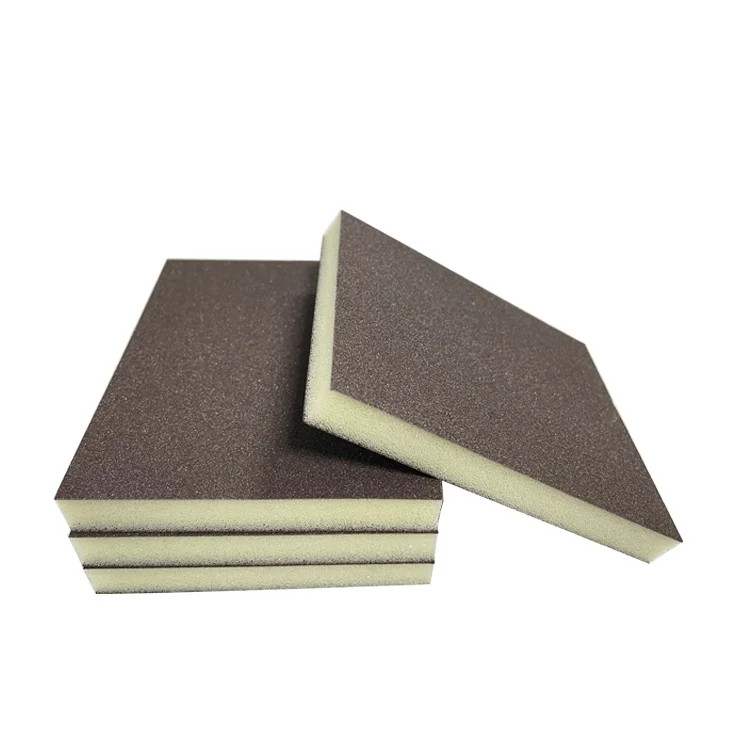When it comes to constructing walls, the choice of material is paramount. The right material not only influences the structural integrity and aesthetic appeal of a building but also impacts energy efficiency, sustainability, and long-term maintenance costs. In this article, we will explore various wall materials, their properties, advantages, and disadvantages, helping you make an informed decision for your next construction project.
- Traditional Materials: Brick and Concrete
1.1 Brick
Brick has been a staple in construction for centuries, known for its durability and thermal mass. Made from fired clay, bricks provide excellent insulation and can regulate indoor temperatures effectively.
Advantages:
- Durability: Brick walls can last for decades with minimal maintenance.
- Aesthetic Variety: Available in various colors and textures, bricks can enhance the visual appeal of a structure.
- Fire Resistance: Brick is non-combustible, providing an added layer of safety.
Disadvantages:
- Labor-Intensive Installation: Bricklaying requires skilled labor, which can increase construction costs.
- Weight: The heaviness of brick can necessitate stronger foundations.
1.2 Concrete
Concrete is another traditional material that offers strength and versatility. It can be poured into molds or used in precast forms, making it adaptable to various architectural designs.
Advantages:
- Strength and Stability: Concrete walls can withstand extreme weather conditions and provide excellent structural support.
- Energy Efficiency: Insulated concrete forms (ICFs) offer superior thermal performance, reducing energy costs.
Disadvantages:
- Cracking: Concrete can be prone to cracking if not properly cured or if subjected to significant stress.
- Aesthetic Limitations: While it can be finished in various ways, raw concrete may not appeal to all design preferences.
- Modern Materials: Steel and Glass
2.1 Steel
Steel framing has gained popularity in modern construction due to its strength-to-weight ratio and design flexibility. Steel walls can be used in both residential and commercial buildings.
Advantages:
- Lightweight and Strong: Steel allows for larger spans and open floor plans without the need for excessive support.
- Sustainability: Steel is recyclable, making it an environmentally friendly choice.
Disadvantages:
- Corrosion: Without proper treatment, steel can rust over time, especially in humid environments.
- Thermal Conductivity: Steel conducts heat, which can lead to energy inefficiencies if not properly insulated.
2.2 Glass
Glass walls are increasingly popular in contemporary architecture, offering transparency and natural light. They can be used in both residential and commercial settings.
Advantages:
- Aesthetic Appeal: Glass walls create a modern look and can enhance the connection between indoor and outdoor spaces.
- Natural Light: They allow for ample natural light, reducing the need for artificial lighting during the day.
Disadvantages:
- Energy Efficiency: Glass can be less energy-efficient unless double or triple-glazed.
- Privacy Concerns: Transparent walls may not provide the desired level of privacy.
- Sustainable Options: Rammed Earth and Straw Bale
3.1 Rammed Earth
Rammed earth construction utilizes natural materials, making it an eco-friendly option. This technique involves compacting soil into forms to create solid walls.
Advantages:
- Sustainability: Uses local materials and has a low carbon footprint.
- Thermal Mass: Excellent thermal properties help regulate indoor temperatures.
Disadvantages:
- Labor-Intensive: Requires skilled labor and can be time-consuming.
- Limited Structural Use: Not suitable for all types of buildings, particularly those requiring high structural loads.
3.2 Straw Bale
Straw bale construction is gaining traction as a sustainable building method. It involves using bales of straw as insulation within a frame.
Advantages:
- Insulation: Straw bales provide excellent insulation, leading to energy savings.
- Low Cost: Straw is an inexpensive material, making it a cost-effective choice.
Disadvantages:
- Pest Concerns: Straw can attract pests if not properly sealed.
- Moisture Sensitivity: Requires careful design to prevent moisture-related issues.
Conclusion: Choosing the Right Material
Selecting the appropriate material for wall construction involves considering various factors, including structural requirements, aesthetic preferences, energy efficiency, and sustainability. Each material has its unique advantages and disadvantages, and the best choice will depend on the specific needs of your project.

